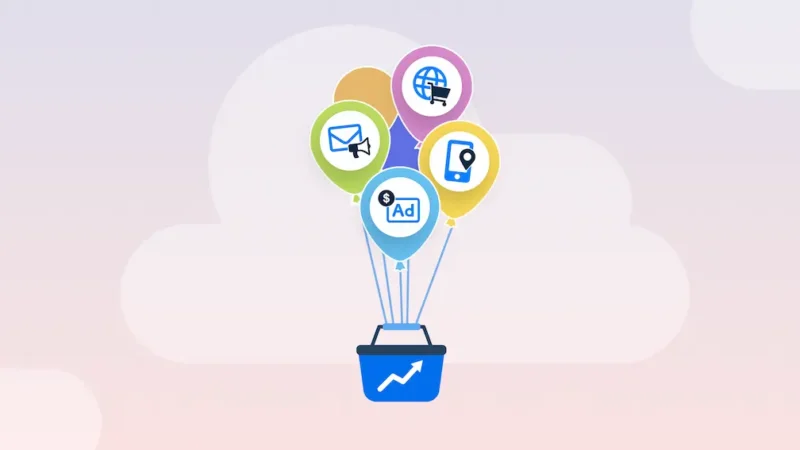Digital Video Platform

Since smartphones and tablets can play live or previously uploaded video material anywhere and anytime, streaming video networks are becoming highly popular.
The industry has experienced remarkable growth over the past several years due to the increasing use of digital video solutions, with viewership quickly surpassing traditional video content channels like cable and satellite television.
What is a digital video platform?
A digital video platform is a synchronous video solution for hosting and posting videos. These platforms enable speedy upload, encoding, management, and presentation of video content, making them excellent for communication, education, or entertainment.
There are several on-demand video possibilities with digital video platforms. They are also accelerating the development of live and group broadcast videos, which boost viewer engagement.
Depending on one’s company objectives, numerous online video platforms are available for organizations. While some are designed more for consumers, others can get built for institutional use, native recording programs, live-streaming, or editing. Some are primarily video content libraries.
Top 5 features you need to look for :
Various features and functionalities are available on digital video platforms to assist organizations in achieving their objectives. Here are the top five features to consider when choosing a digital video platform that’s right for your business.
1. DRM Encryption:
DRM, or Digital Rights Management, as its name implies, is about regulating who has access to digital content. DRM technology that focuses on safeguarding video & restricting access to those authorized to see it. In essence, DRM with video encryption ensures a highly secure key exchange system & never discloses the content key that cannot get decrypted by a hacker.
2. Dynamic Watermarking:
Make sure dynamic watermarking is offered by your digital marketing platform. Dynamic watermark provides an additional layer of security, where you can place a viewer’s name or email address on a confidential video to discourage them from recording or sharing that video. Dynamic watermarks give increased protection and are considerably harder to remove from content since they constantly change.
3. Online Video Player:
Additionally, your digital video platform must include top-notch visual players that can play high-definition video files to accommodate viewer bandwidth. It makes it possible for users to watch material fluidly without using an external html5 video player, as they would have in the past. Additionally, it might permit video playback on multiple devices that support the platform.
4. Video API:
There should be a Video API on your digital video platform as well. You can programmatically alter your live streams using this API. With this Video API, processing the video, configuring security settings, delivering content to users, managing recorded assets, and viewing analytics across the workflow are all made possible for developers.
5. Video Analytics:
Though basic video analytics are available on all digital video platforms, having a platform that enables in-depth analysis of your films & you can target a particular demographic is always beneficial. Views, bounce rates, conversions, user engagement, and average view times are a few success indicators. You can adapt your content to the audience’s interests & engage your readers with relevant content.
Final Words:
The era when big, well-funded broadcasters controlled the means of production, film distribution, and artistic videos is long gone. The potential of video storytelling and sharing is now freely available to anybody with the explosion of digital video platforms.
There are loads of options for digital video platforms in the market. However, these features just represent a small portion of the many that a digital video platform can and ought to provide. So, choose the best for your content!






